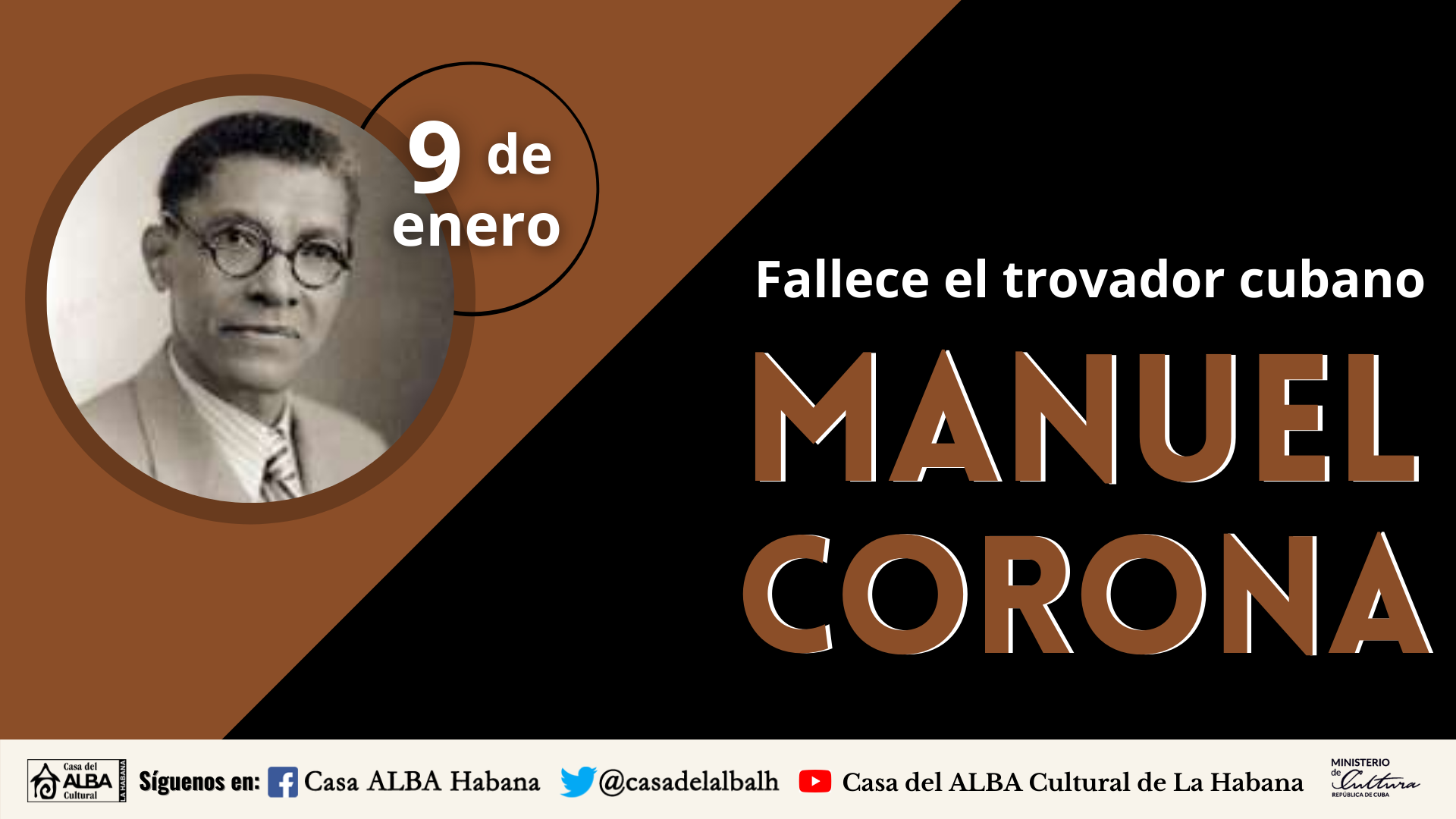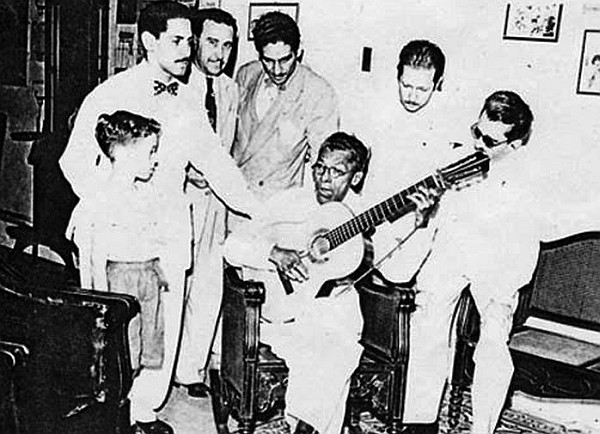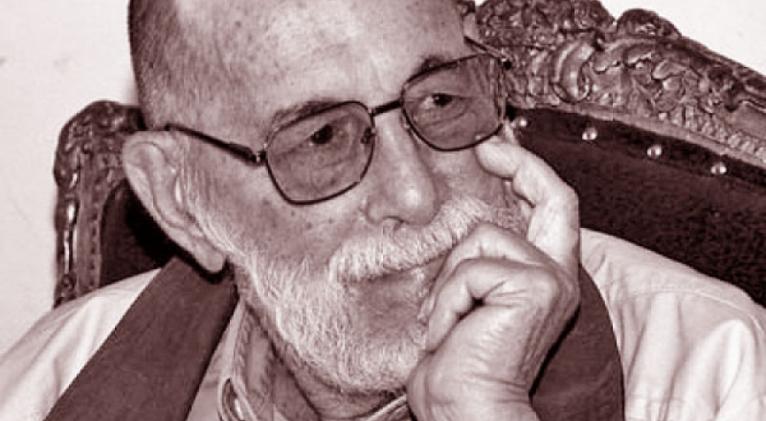Manuel Corona: The Enduring Legacy of Cuban Music

After his death, Manuel Corona’s memory was partially preserved through a tribute organized by his friends. Led by Gonzalo Roig, the homage included stories, cups of coffee, and renditions of Corona’s classic pieces, as he had expressed to his companions during his lifetime.
Corona stands as one of the foundational pillars of Cuban trova. While his personal life, health, and habits may not provide exemplary models to follow, his 70 years on earth left behind a musical legacy brimming with emblematic works. These pieces resist being dismissed by moral judgments or the inevitable erosion of time and memory.
Much has been written about his bohemian lifestyle, his romances in Havana’s San Isidro neighborhood, and his confrontations with the pimps of his era. Similarly, his personality and his musical retorts—crafted as songs—to fellow composers and troubadours have also been explored. Among these are Ausencia sin olvido, in response to Jaime Prats’ Ausencia; Gela amada, replying to Gela hermosa by Santiago’s Rosendo Ruiz; Animada, countering Timidez by Patricio Ballagas; and La Habanera, addressing La Bayamesa by Sindo Garay.

Corona’s musical repertoire is vast, delving into a range of genres and reflecting the nuances of Cuban song. His explorations spanned danzón, tangos, blues, and other variations. Among his most iconic works are Longina, Mercedes (which brought him early fame), and Santa Cecilia.
Regarding Santa Cecilia, journalist and critic Pedro de la Hoz noted:
“(…) it exalts feminine beauty with imagery that aligns with the lyrical imagination of the time. (…) However, the music transcends this. The design of the song’s two melodic lines is challenging, demanding a refined vocal technique in its original conception, comparable to Perla marina and El huracán y la palma by Sindo Garay.”
Journalist Jorge Rivas also highlighted the technical prowess in this song:
“Its melodic figures, progressions, and technical elements are skillfully handled by Corona without ever compromising musical syntax. The harmony is precise and well-executed, both in tonal and extra-tonal chords, with resolutions regarded by critics and experts as exemplary.” This assessment aligns with the distinct style and vitality that Corona imbued in his compositions.
Manuel Corona remains an essential figure, whose works cement not only the traditions of his time’s popular repertoire but also themes centered on women, public events, and the fabric of national daily life. Without being a full-time chronicler, he captured emotions and trusted in his abilities, rejecting financial rewards or the embellishments of show business. This personal choice defined his life and death on a day like today in 1950.
Corona’s music endures as a testament to the best of Cuban trova. His body of work transcends the story of his own life and those who followed him. That he remains remembered today speaks volumes—not only of his lasting legacy but also of the rightful recognition owed to one of the foremost Nueva Trova singers in Cuban music history.
Translated by Luis E. Amador Dominguez



